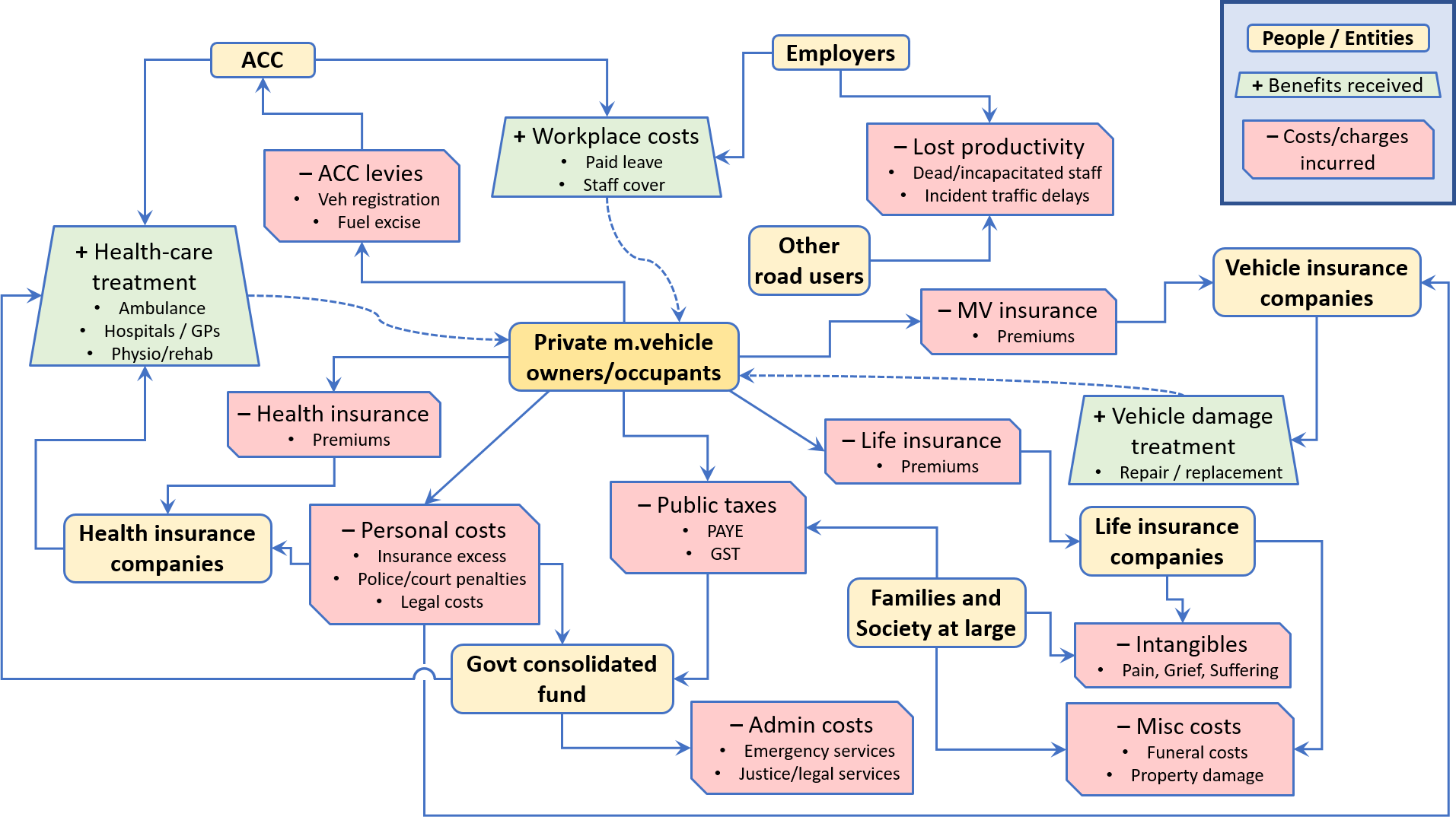Transport research
Transport systems and technologies are constantly changing, which requires us to better understand the effects of these changes on society and the environment. Such investigations may require a combination of literature reviews, field surveys, modelling, and data analysis.
We regularly carry out transport research, think-pieces, and policy guidance for national agencies, local councils, and other clients, and regularly publish and present our findings to industry (including many award-winning papers).


